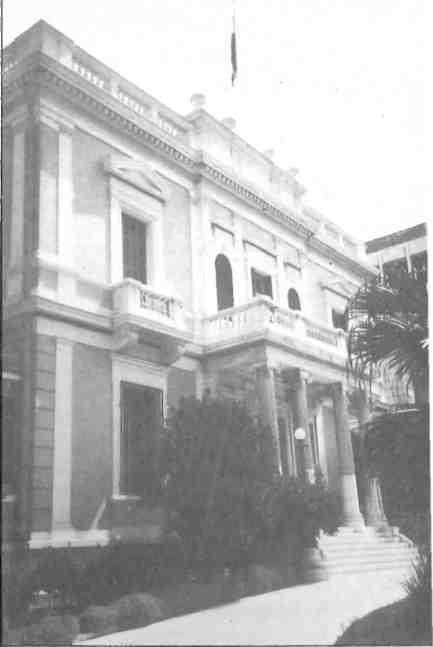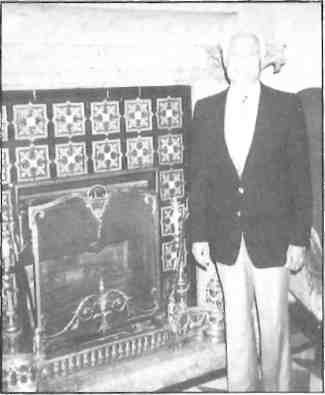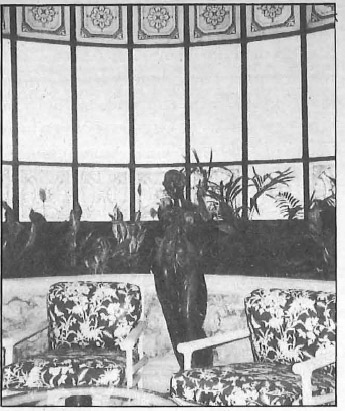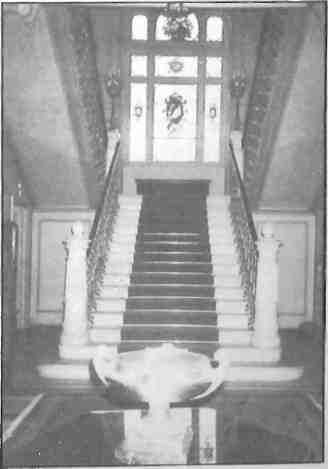
Recently retired Ambassador Ali Boraie of Egypt arrived in Athens three years ago with a mandate from the Egyptian government to carry out a major restoration of the embassy building, which had greatly deteriorated over the years.
Looking forward to the assignment, and enjoying both Greece and the Greek people, the ambassador and his wife Rhoda began working on the project almost immediately.
Through consultations with the buildings’s original features: for instance, establishing that the original exterior color was yellow, with red shutters. Putting up with scaffolding, painters, electricians, plumbers, technicians, artisans, plasterers and bricklayers, as well as the inconvenience of carrying on with their regular social and diplomatic commitments through the entire process, they are both very gratified at the results achieved.
The ambassador has been told that the building dates from approximately 1865, when it was built by King George I as a family residence. The king’s four children spent part of their childhood there, including Crown Prince George, who eventually became George II. When Greece became a republic in 1923, King Fouad of Egypt purchased the building to be used as a summer vacation residence for his family.
Eventually Fouad donated the building to the Egyptian government for use as the Egyptian Embassy in Greece. This act no doubt saved the building from becoming just one more cement block. The bedrooms, which were allocated on the upper floor, have long since been converted to serve as embassy offices. However, during the tenure of Egyptian Ambassador Ali Serry from 1930-32, George II asked to come visit his boyhood home. Many memories were contained therein for him, and he was especially interested in visiting his childhood bedroom.


There are no pictures or paintings extant of the interior during the building’s days as a Greek royal family residence. The restoration has thus been carried out to return it to its splendor of the post-1923 era. The letter “F” – for King Fouad – appears prominently in the cornice decoration in the Italian wing intermingled with the former Egyptian flag. The lotus border in the Winter Garden Room is a stylized representation of the sacred flower of ancient Egypt.
Due to the building’s long period of deterioration, Ambassador and Mrs Boraie certainly had their work cut out for them. But the Greek workmen completely restored the stained glass windows and tiles and carefully copied old silken wall fabrics. An Italian painter undertook the delicate restoration of the beautifully paneled ceilings in the library and formal dining room.

All the work, inside and out, was completed within a seven-month period and in time for the state visit of Egyptian President Hosni Mubarak in February 1985. Several more opulent social occasions were thus added to the procession of unique events witnessed by this graceful building.
The Egyptian government is to be thanked for preserving one more special building for all to see and enjoy on the walk toward Syntagma Square. Not only have millions of drachmas been spent to restore it to its former glory, but it has been saved from almost certain destruction.







